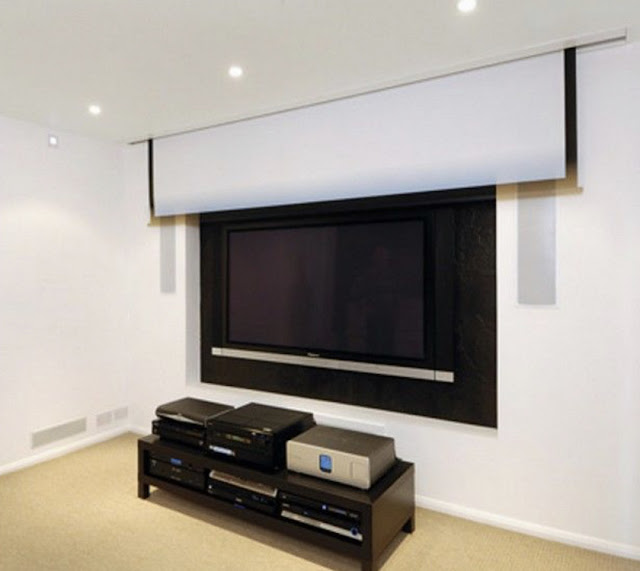A Projector Screen Displays Projected Images or Videos on a Surface Installed With a Support Structure
Projector Screen
A
Projector Screen is a
surface-mounted structure with a support structure that is used to display
projected images or movies. Projector screens can be permanently installed,
such as in a movie theatre, or they can be painted on the wall. Portable
projector screens are inflatable movie screens used in seminars, workshops, and
hotels for outdoor movie showing. Digital projectors, movie projectors, overhead
projectors, and slide projectors are all compatible with projector screens.
Customized projector screens are offered for many applications such as hotels,
restaurants, and auditoriums. Vendors offer customized projector screens of any
size, aspect ratio, radius, border, or shape if the customer has a special
request.
Furthermore,
customized projectors are commonly used in corporate buildings, museums,
amusement parks, simulation and training, exhibitions, and live shows and
events. The growing number of startups eventually leads to an increase in the
number of corporate meetings, presentations, and business conferences, where
projection screens are extremely useful. This is one of the primary factors
driving the growth of the Projector
Screen professional application segment. Furthermore, seminars and
webinars on various themes provided by various educational institutions or
individuals are influencing the expansion of the projector screen segment for
professional use.
There
are three types of projector screens: wall/ceiling mounted screens, portable
screens, and fixed frame projector screens. A Projector Screen is an installation made comprised of a surface and
a support structure that is used to display a projected picture to an audience.
Projection screens can be permanently mounted, as in a movie theatre, painted
on the wall, or moveable, as in a conference room or other non-dedicated
viewing space, using tripod or floor raising types. Inflatable screens for
outdoor movie showing are another popular sort of portable screen (open-air
cinema)
To
avoid image degradation, uniformly white or grey panels are almost exclusively
utilised, while the most desired brightness of the screen relies on a number of
elements, including the ambient light level and the luminous strength of the
image source. Depending on the optics used to project the image and the
necessary geometrical precision of the image output, flat or curved displays
may be utilised, with flat screens being the more frequent of the two. Screens
can also be constructed for front or rear projection, with front projection
systems being the most popular, with the image source located on the same side
of the screen as the audience.




Comments
Post a Comment